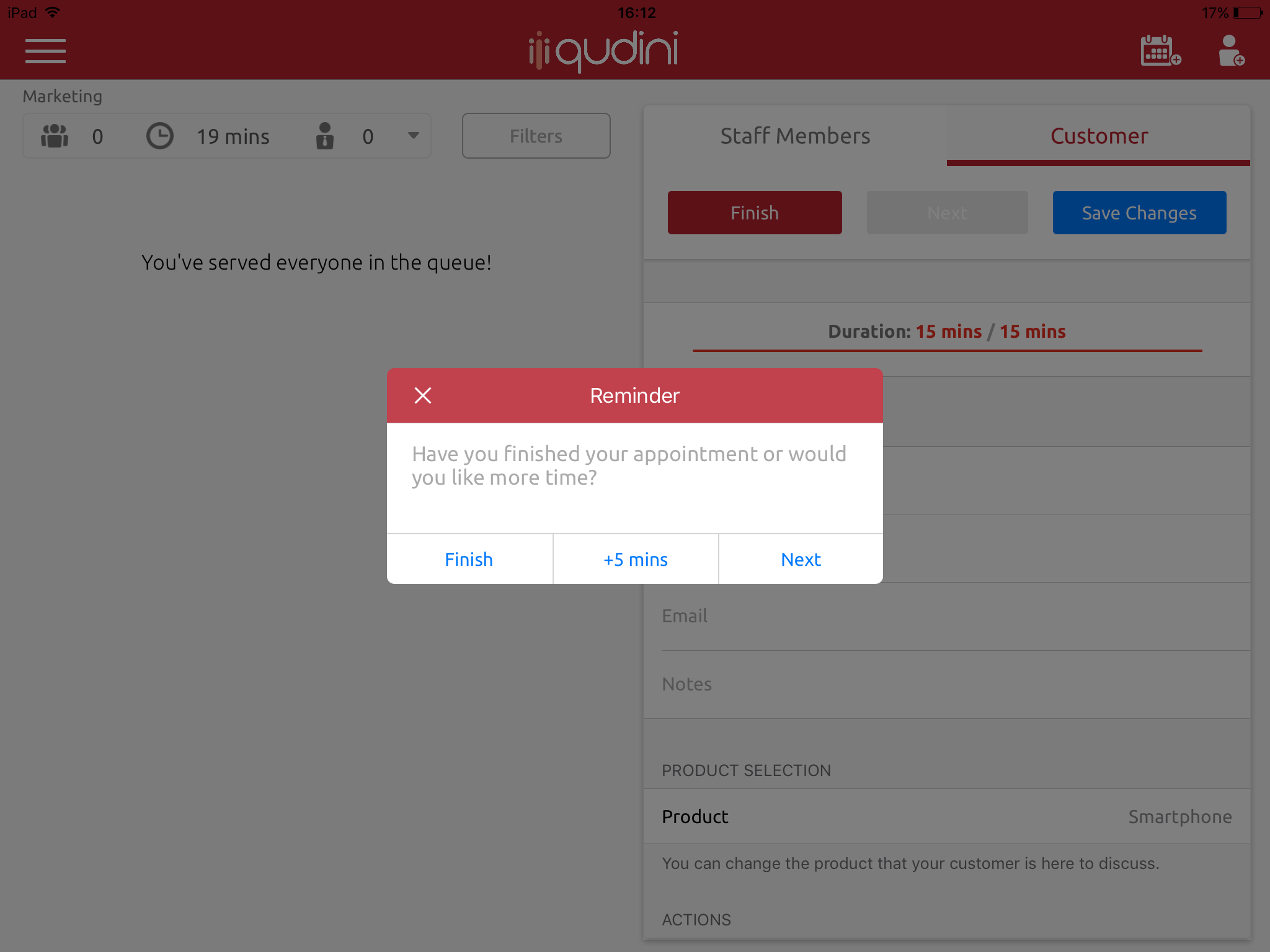Qudini’s CEO and Co-founder, Imogen Wethered, explains how the team plan and design new features for its queue management software.
Over the years, the Qudini product has become extremely rich in exciting features, yet we’ve always ensured that everything is configurable at every level, making it easy for businesses to turn capabilities on/off and to customise them to their needs.
This creates a more complex scoping and design process. Here is an insight into how we plan and design features at Qudini:
Customer feedback
At Qudini, we believe that the commercial process and product development are highly intertwined. We use all customer conversations, on-site visits and general market research to consistently think about the best new features that we can build to ensure Qudini is a highly engaging and innovative customer management solution in the market.
Scoping
When it’s time to build a new feature, we get to the drawing board. Product owners, designers, account managers and even our Sales team will gather around a whiteboard to discuss the feature’s purpose in order to plan out the key components required, which is part of the system it will impact, and how the feature should be set-up and configured. We love to use these static film whiteboards that can stick to any wall and turn the wall into a brainstorming, picture building whiteboard.
Wireframing
After this, it’s time to get to a computer to start wireframing, we have been using great wireframing tool called Balsamiq. I find wireframing to be very therapeutic, when you have loads of exciting but complex ideas for a feature in your head and you need to think about the best way to explain them to a development team. Wireframing is a perfect first step in allowing you to plan out the interfaces, decide which buttons go where and which other interfaces of the system need to be altered for this new feature to work.
User stories
Once the wireframes are complete, it’s easy to then write a user story that explains how the feature works from the view of the user, as well as the backend impact that the user’s actions have.
Customer feedback
In cases where where designing a feature requested by a customer, after wireframing or sometimes design, we’ll present an overview of our plans for the feature, alongside key visuals back to our customers for feedback, making alterations where required.

Design
Once the wireframes and user stories are complete, the wireframes are handed off to our fantastic UI design team, a team with a fantastic eye for style, colour and user experience. The UI design team, led by Dennis, take our Black and white wireframe and turns it into something worthy of display in London’s National Gallery. Dennis and his team will use the wireframes and functionality requirements to create the best possible user experience that is simple, intuitive / engaging, and of course meeting the feature requirements. After this they enrich it with the fantastic colours of Qudini red, splashed with our sub-colours, however the team don’t just stop there. As everything in the Qudini platform is customisable, Dennis also creates mockups of the features in the colours of some of our customers, to demonstrate which style components will change based on our customer’s customisation settings.
Once we’ve all reviewed the feature and perfected the final touches, it’s over to the development team…







